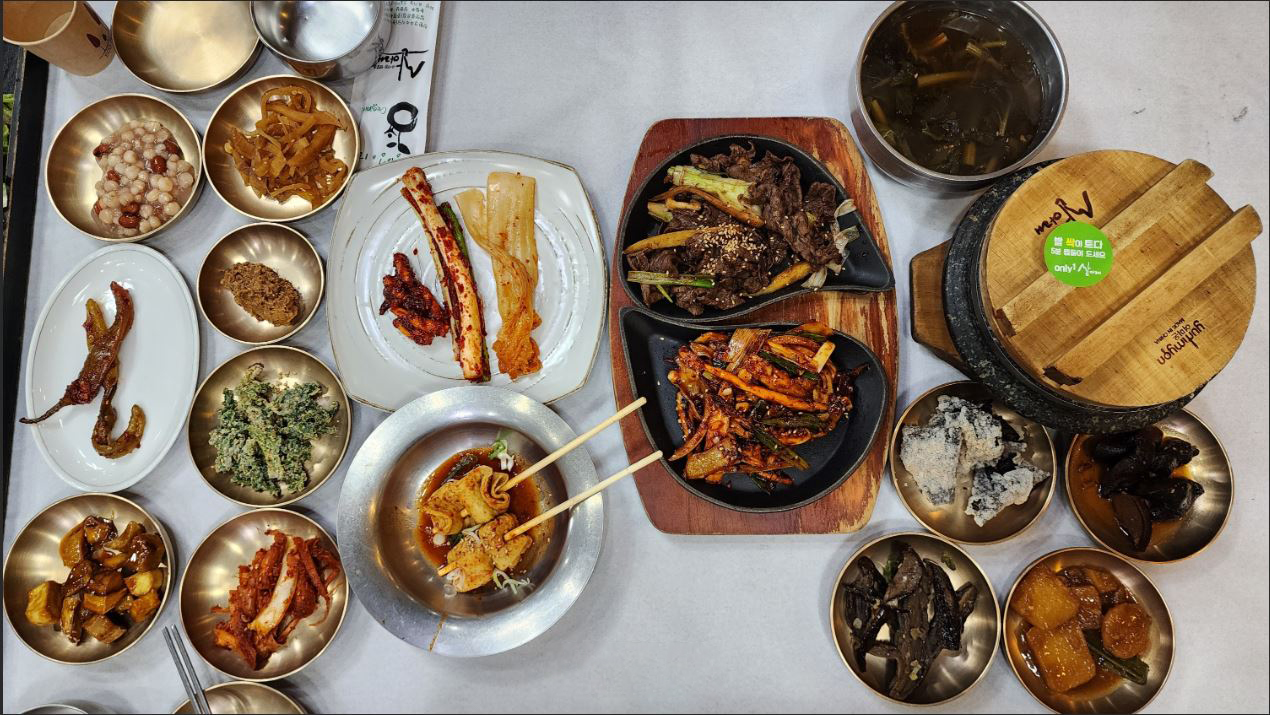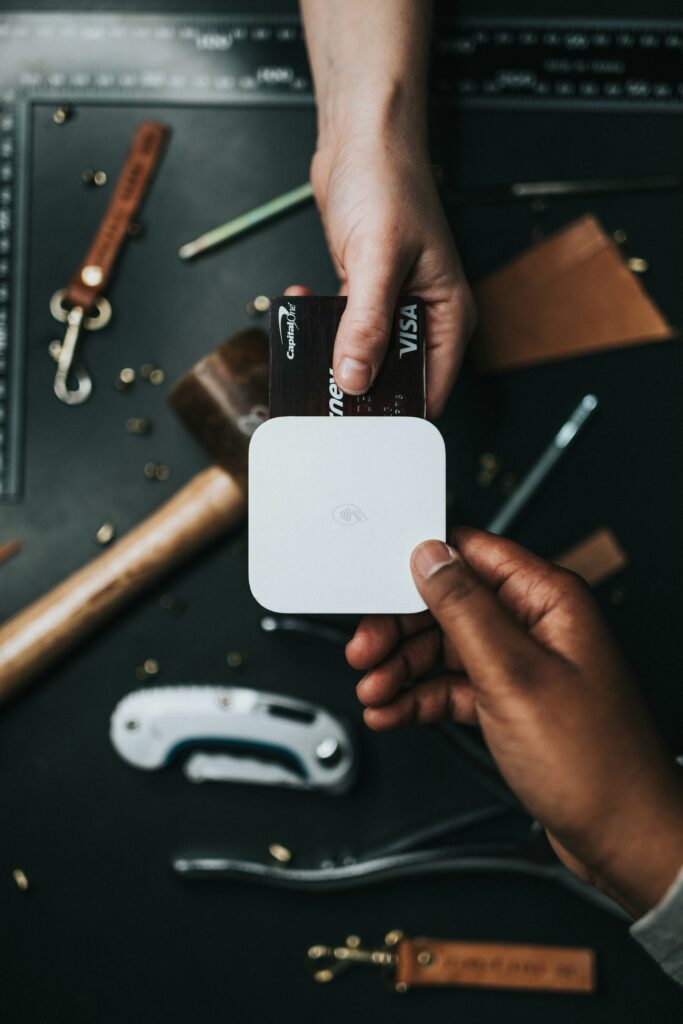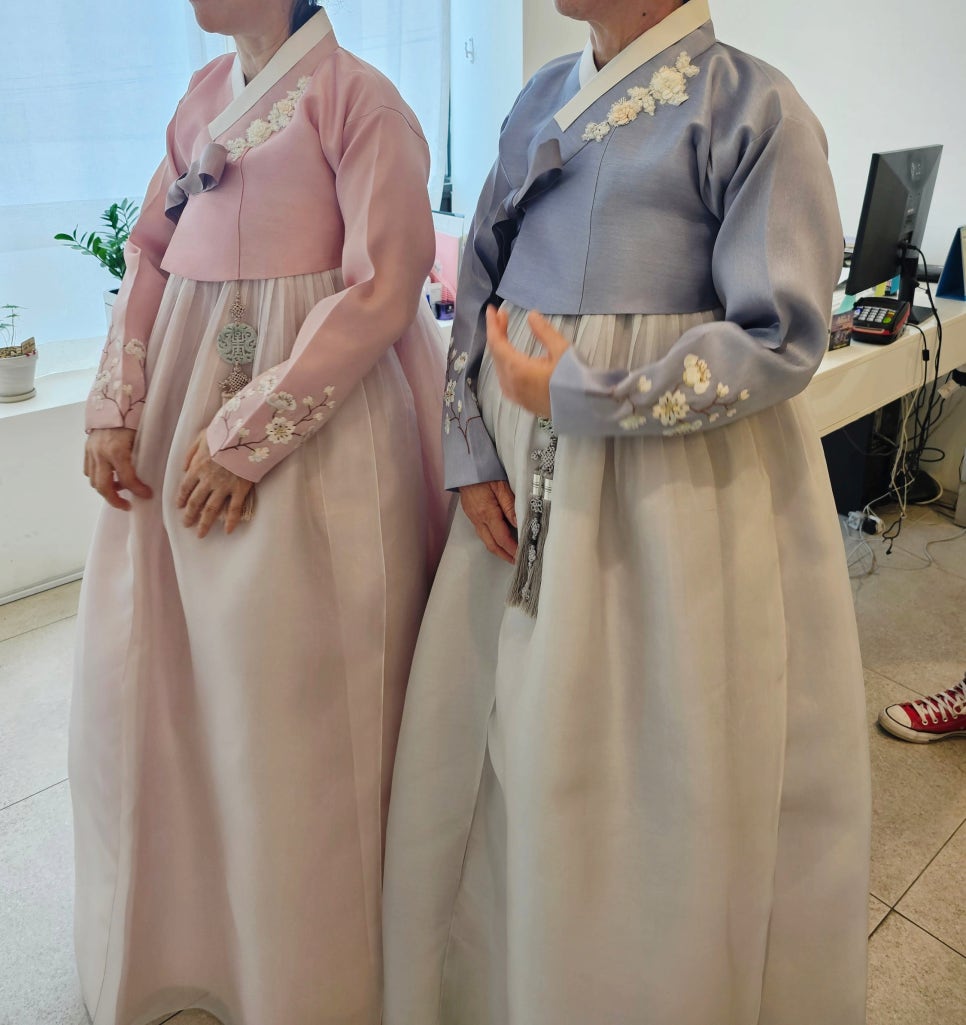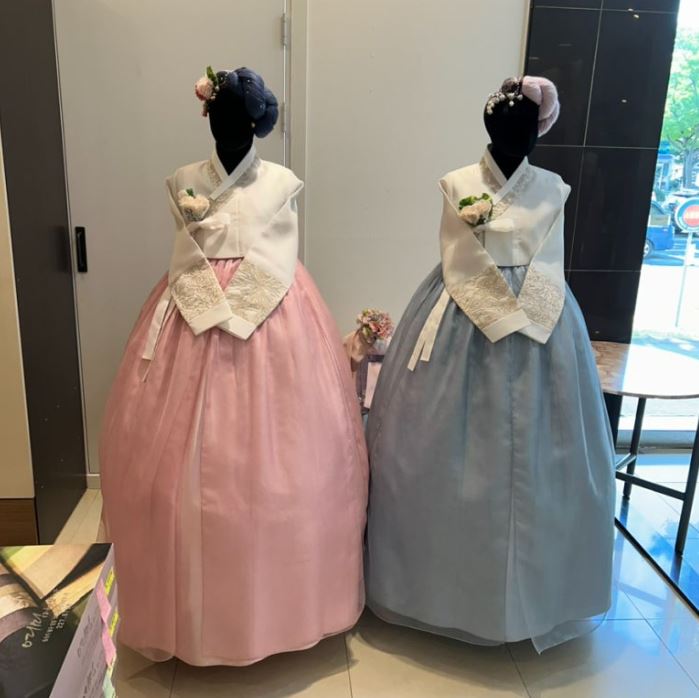Gyeongbokgung Palace, one of Korea’s most iconic landmarks, holds deep historical and cultural significance. Let’s explore 10 reasons why this palace is so famous.
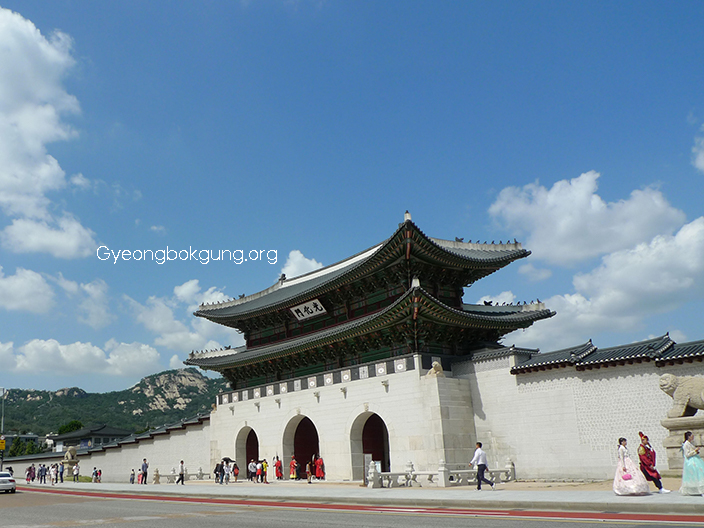
| Reason | Description |
| 1. Symbol of Korean History | Built in 1395, Gyeongbokgung is the main royal palace of the Joseon Dynasty, making it a central symbol of Korean history. |
| 2. Stunning Architecture | The palace showcases traditional Korean architecture, including grand gates, spacious courtyards, and intricate roof details. |
| 3. Location | Located in central Seoul, it offers a picturesque backdrop against the modern city skyline, blending history with the contemporary world. |
| 4. Cultural Events | The palace hosts traditional performances, including the Changing of the Royal Guard Ceremony, which attracts thousands of tourists annually. |
| 5. National Treasure | It is home to many historical artifacts and is considered a symbol of national pride, playing a key role in cultural preservation. |
| 6. Scenic Beauty | The palace grounds are known for their natural beauty, including peaceful ponds, bridges, and gardens that change with the seasons. |
| 7. Filming Location | Many K-dramas and films have used Gyeongbokgung as a backdrop, increasing its fame among international visitors. |
| 8. Near Museums | Gyeongbokgung is adjacent to two important museums—the National Palace Museum of Korea and the National Folk Museum, enhancing the cultural experience. |
| 9. Easy Hanbok Experience | Visitors can rent traditional Korean clothing (hanbok) nearby, and those wearing hanbok can enter the palace for free, adding to its tourist appeal. |
| 10. Restoration Efforts | Ongoing restoration work has kept the palace well-preserved, showcasing its historical importance while remaining accessible to the public. |
Gyeongbokgung is not only a historical site but a living part of Korean culture, offering a unique glimpse into Korea’s royal past and its modern-day significance.










